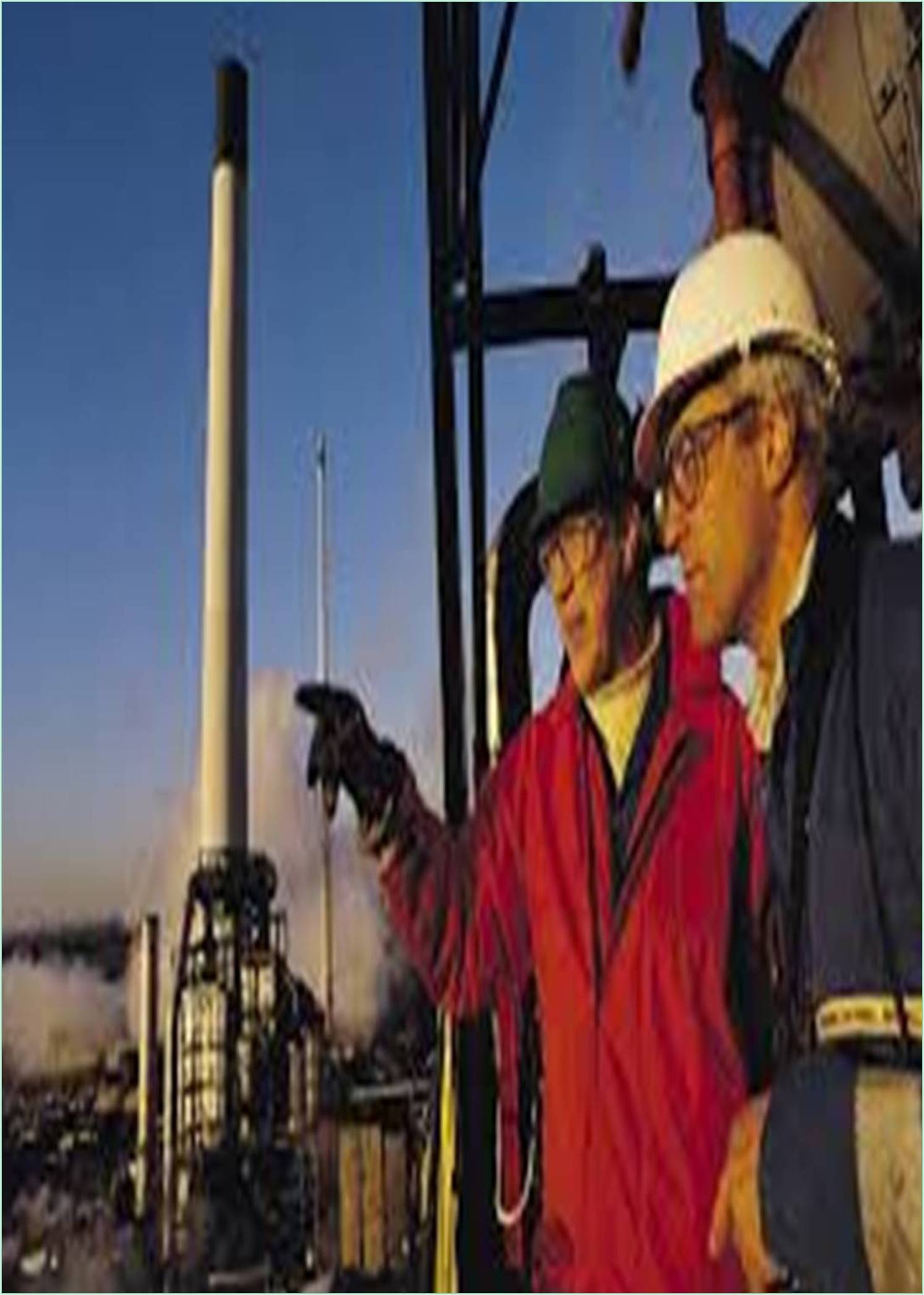



Received: 10-Jun-2021 Published: 24-Jun-2021
Innovations in construction ‘time waste’ management are scarce. Construction delays are usually caused by time wastes at activity levels, and scholarly studies primarily don't deal in explaining waste at singular activity levels. Experience based heuristics play the most important role in fixing the duration of activities by managers. But, construction activities are prone to highly improbable and complex process flows, making heuristics unreliable. This happens due because the probabilities of construction uncertainties in one project being similar in forthcoming projects are meagerly low. Thus, the experience gained by the project management personnel over the years, may not be handy at predicting actual durations and costs of the forthcoming project with sufficient accuracy.
Innovations in construction ‘time waste’ management are scarce. Construction delays are usually caused by time wastes at activity levels, and scholarly studies primarily don't deal in explaining waste at singular activity levels. Experience based heuristics play the most important role in fixing the duration of activities by managers. But, construction activities are prone to highly improbable and complex process flows, making heuristics unreliable. This happens due because the probabilities of construction uncertainties in one project being similar in forthcoming projects are meagerly low. Thus, the experience gained by the project management personnel over the years, may not be handy at predicting actual durations and costs of the forthcoming project with sufficient accuracy. The only practical solution would be a fixation of cost and time standards for singular construction activities based on the complete history of projects completed and those personnel involved in it.
In a nutshell, it would mean globalizing or at least nationalizing heuristic data of delays and wastes in order to facilitate meaningful future predictions. This can be achieved by devising a mechanism of centralization of construction process related data into a single entity at the national/international level - Data Collection System (DCS). As part of this system, synchronization of personnel and construction site data should take place at every instance a new construction process is activated anywhere within the boundary of existing DCS. A collection of inventory data, material data, labor data, stakeholder data, activity delay data, time waste data, etc. should form the core data in this data center. Data obtained from heuristics should then be converted to mathematical distributions that could then be used for predictions in future construction scenarios. This would result in giving better and better results as the process of data entry proceeds. The scope of this study is limited to construction activities from Indian construction sites involving core and shell in buildings.
Construction is one amongst the oldest continually existing engineering portfolios. And on the same parallels, construction delays exibit a continual problem that accompanies it to this day. A large number of studies pertaining to finding the causes of these delays have been carried out by researchers. But it is a peculiar fact that these studies were not seen to be helping in actually bringing down delays in the process.
The new system for storing and retrieving data on activity duration discussed in this study benefits the project personnel in predicting the effect of various stakeholders such as sub-contractors and contractors. Moreover, the database developed can be utilized to develop a more realistic benchmark that can be utilized to predict the quantity of work, labor characteristics and conditions of the specific location. These activity level improvements would then be pivotal in finally eradicating or reducing project delays to a larger extent hence resulting in standardization of construction process. This would help project managers get additional reliable data based on the realistic nature of stakeholders and site conditions resulting in minimization of heuristic prediction of final durations and cost requirements. These developments are expected to make construction process duration and activity duration more predictable and easier to control. The overall merits would then be in minimization of delays and cost overruns. An in-depth study need to be conducted in the following aspects to develop this model to a user-friendly prediction product.